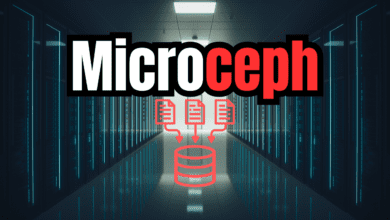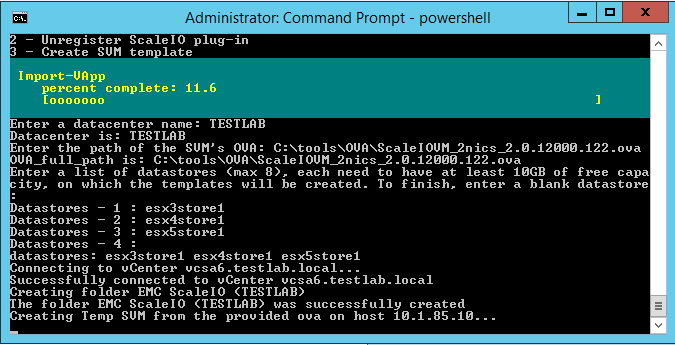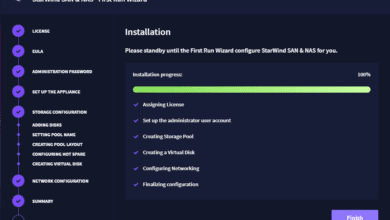Hyperconverged Infrastructure Trends in 2022
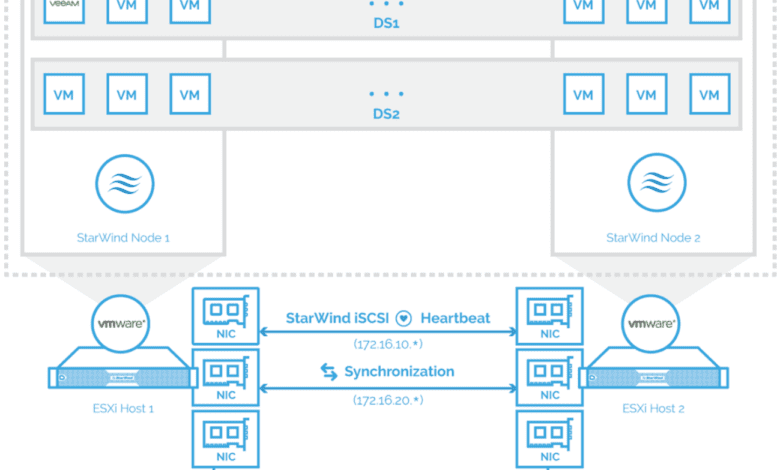
Unquestionably, hyperconverged infrastructure (HCI) is gaining tremendous momentum and adoption in the enterprise data center. In a recent study by the ISG (Information Services Group), in 2020, the HCI market was around $7 billion. The expected revenue will grow substantially by 2025 to over $28 billion. HCI provides many benefits over the standard and traditional infrastructure deployments. This post will examine some of the findings in a recent ISG whitepaper detailing the current benefits and hyperconverged infrastructure trends in 2022 to see why HCI is a great choice for many businesses and how you can effectively choose the right HCI solution.
What is hyperconverged infrastructure (HCI)?
The traditional building blocks of data center infrastructure are compute, storage, and networking. Traditionally, these have been treated as separate units. In other words, you might have a traditional server attached to a storage array and have multiple servers in a cluster connected with a separate network switch.
Hyperconverged infrastructure (HCI) takes these core building blocks of server platforms and combines them where nodes have the compute, storage, and network within the same physical unit that can be managed as a single pool of resources. HCI solutions offer many advantages to traditional deployments, including:
- Much simpler experience managing, provisioning, and configuring HCI solutions than standard server, storage, and networking deployments
- Scaling the solution is much easier since it offers predictable scale and automatic balancing of computing and storage resources.
- Unified management – The solution can be managed as a single entity instead of the different components making up compute, storage, and networking
- Policy-based automation helps to eliminate silos and the need for manual processes
Hyperconverged infrastructure advantages
There are many advantages brought about my implementing hyperconverged infrastructure (HCI) in the enterprise data center, edge, ROBO, and other locations. Let’s look at specific hyperconverged infrastructure advantages to see what advantages are reaped by organizations implementing HCI in their environments. These include:
- Flexibility – There are many use cases that fit HCI solutions across the board. HCI can serve many different types of workloads equally well with the advantages already covered. This flexibility makes it especially appealing since it can satisfy the needs of organizations for many different needs.
- Productivity and Efficiency – Since HCI solutions keep the data, applications, network, and other resources close together, in-the-box so to speak, applications can take advantage of high network and data rates that are possible within the HCI solution. These capabilities are especially important with workloads like virtual desktop infrastrucutre (VDI) solutions since during peak activity periods which may include requests from hundreds or thousands of desktops, traditional infrastructure can become saturated. This fact can limit the productivity of the solution, impacting business-critical work and productivity of end-users.
- Scalability – Hyperconverged infrastructure (HCI) solutions offer a great way to scale the infrastructure. Most vendors today are offering preconfigured HCI nodes, making it easier than ever to scale out a solution. Many of the vendor-offered HCI solutions are preconfigured, eliminating long maintenance periods to integrate a new host, storage, or networking in the solution.
- Low-cost storage – You can scale-in and scale-out HCI solutions, making them especially cost-effective. With the granular nature of being able to scale out and in HCI solutions, it helps to reduce the likelihood of overprovisioning solutions simply to account for the unknown capacity needed for future growth. Instead, simply adding an additional node can take care of the solution moving forward in the future.
- Optimal resource consumption – With the aforementioned capability to provide scalability and low-cost storage by scaling, it helps organizations use the resources they need and use these optimally.
- Robust and easy management – HCI solutions make management extremely easy and straightforward. Most HCI solutions offer centralized management from a single interface, which eliminates the need to log into multiple interfaces and perform configuration from each one individually, like they are a standalone solution. When solutions are difficult to manage, it affects the bottom line investment on the solution, taking precious time and administrative effort.
- HCI solutions are known for their reliability. With vendor-offered solutions that are prebuilt, preconfigured, and thoroughly tested, failures are extremely rare and some vendors even guarantee five nines of availability. The combination of features, management capabilities, and vendor-offered guarantees make the solution extremely appealing.
- Cost reduction – With the hypervisor integrated into the HCI solution, it makes the performance extremely efficient. There are no storage protocols, file systems, and VSA (virtual storage appliances) to deal with. With HCI it may represent a more significant investment in capital outlay, it recoups the initial investment in terms of operational savings, and saves overprovisioning.
Hyperconverged Infrastructure Trends in 2022
Hyperconverged infrastructure trends in 2022 around deciding on how to choose, size, and try HCI solutions include the following:
- Cluster-size considerations – Businesses are considering cluster size as an important factor when purchasing an HCI appliance. Some HCI vendors support only a few nodes, while others support scale-out HCI clusters of up to 64 nodes or more. Wisely choosing options based on the cluster size is a key consideration in 2022 and beyond.
- Support options – The support provided with the HCI solution is a key trend in considering the HCI solution to use. This can differ based on software-only or software and hardware solutions. Some solutions offer 24/7/365 support and others do not. Organizations might balance out solutions that offer 24/7/365 support with a lower level of onsite support.
- Storage types – There are a variety of storage solutions, including traditional spinning hard drives only (HDDs), all-flash storage (SSDs), and then hybrid storage which includes both HDDs and SSDs. All-flash storage is becoming much more attractive now as there can be little if any price premium between HDDs and SSDs. The performance difference can be dramatic between HDDs and SSDs.
- Multiple hypervisor options – some HCI options include the hypervisor, others do not. Adding nodes with certain hypervisors require adding additional licenses. This is a consideration that needs to be made with HCI depending on the hypervisor chosen to run workloads.
- Sizing nodes – When sizing nodes and clusters, it can determine the choices made when choosing between sizing options.
- Integration – With HCI solutions, does the solution have an easy way to run containers? Most definitely containers will be needed in the organization at some point. Many businesses are undergoing an app modernization transformation. This requires being able to run containers. Does the hypervisor and paired HCI solution allow easily spinning up containers in the environment? the current hyperconverged infrastructure trends in 2022 certainly include containerization initiatives.
- Trial options – If there is a need to trial out the solution, is one available? Current trends include the ability to run Proof of Concept (PoC) environments to proof out the solution and ensure it fits the needs of the organization.
StarWind All-Flash Hyperconverged Infrastructure
StarWind is an HCI vendor for enterprises helping busineses today meet the challenges of organizations worldwide. It provides a cost-efficient solution that offers applications a highly available environment along with a high fault tolerance rate and constant uptime of the appliance. It provides a high fault tolerance rate and constant uptime of the appliance due to the multi-redundant hyperconverged architecture.
It is based on an HCA solution that contains enterprise features and services along with many options for enterprise environents looking for the right balance of price, features and performance. I have written about StarWind HCA appliances many times before. The StarWind HCA appliance provides an extremely high-performance all-flash solution that comes as a completely preconfigured turnkey hyperconverged solution.
It is one of the only HCI solutions on the market that can function in a truly high availability configuration with only two nodes. With this solution, you can have 1 node and 1 disk failure and still maintain uptime of your workloads. Below is an overview of the StarWind architecture with ESXi.
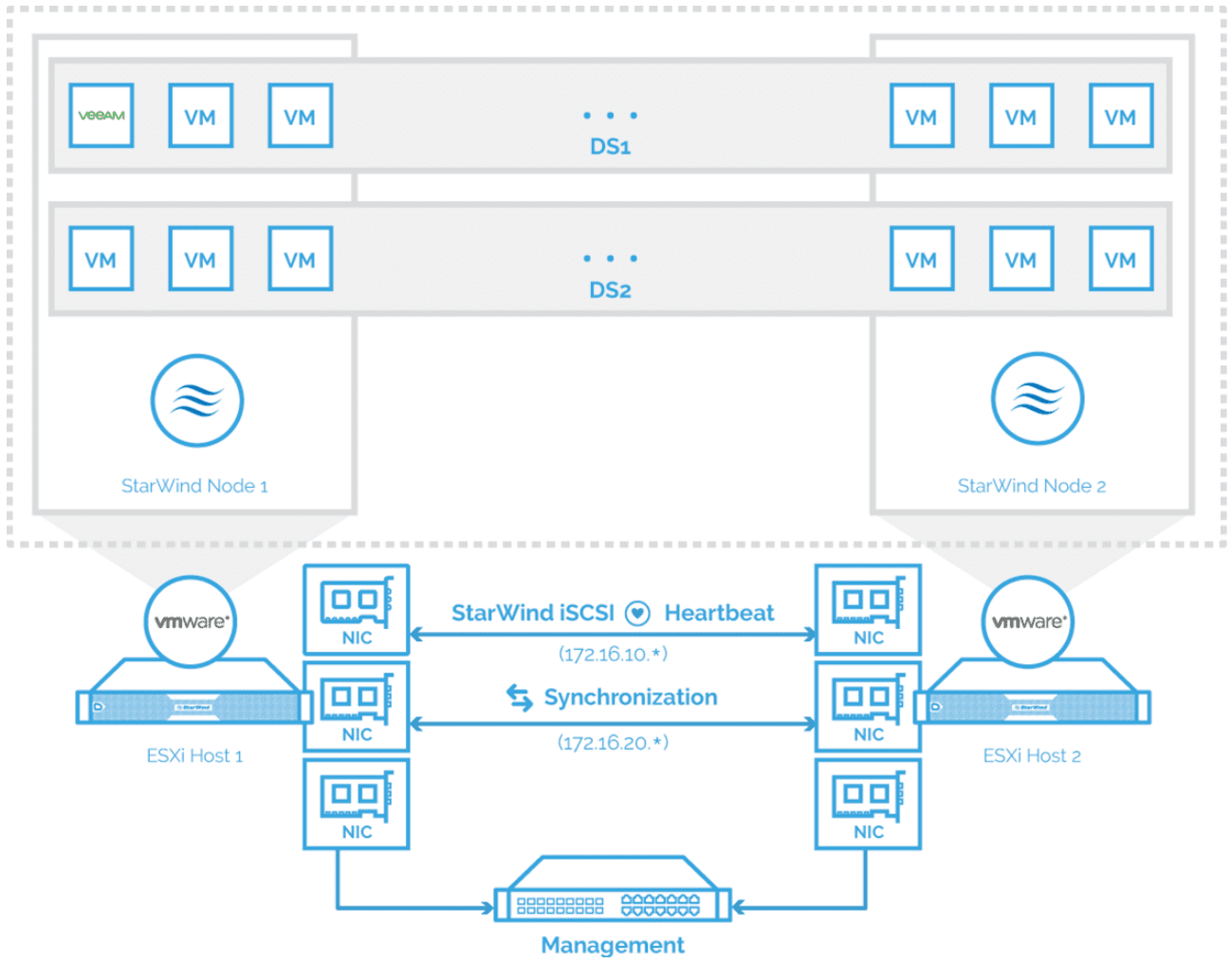
Take a look at my other recent StarWind HCI articles below:
- NVMe-oF RAID Data Protection in StarWind Backup Appliance
- Upgrading outdated hardware with StarWind HCA appliance
- StarWind V2V Converter as a VMware vCenter Converter alternative
- DIY fibre channel SAN with High Availability using StarWind VSAN
- ZFS Ultimate Administration and Troubleshooting Guide – StarWind Webinar
Hyperconverged Infrastructure (HCI) FAQs
- What is hyperconverged infrastructure? Hyperconverged infrastructure provides all of the basic building blocks of compute, storage, and networking in a single package. HCI is also a software-based approach as it is designed to work with a hypervisor solution that can bring the hardware solution together seamlessly. Many vendors now produce HCI “ready” nodes that have been preconfigured, tested, and guaranteed to work with various HCI solutions. Hyperconverged infrastructure provides many advantages in terms of scalability, performance, supportability, and management over traditional non-hyperconverged infrastructure.
- What is the difference in converged and hyperconverged infrastructure? Converged infrastructure brings together the hardware components for compute and storage together, whereas HCI is also a software-based approach in unison with the hardware.
- What are StarWind HCA appliances? The StarWind HCA appliance is a turnkey, prebuilt solution that allows organizations get up and running quickly with their hypervisor of choice, whether this is Hyper-V or VMware.
- Is all-flash HCI better than hybrid HCI solutions? It depends on the use case and the types of workloads and their performance demands. All-flash solutions provide the best performance for very demanding workloads, including VDI solutions.
Wrapping Up
There are many hyperconverged infrastructure trends in 2022 and beyond that help to show where the industry is leaning. HCI is certainly here to stay and organizations are showing by their hardware refresh cycles that HCI is where they are looking for their future datacenter refreshes. It provides the right mix of hardware and software solutions allowing organizations to solve the many challenges in the data center today. StarWind HCA appliances provide a great solution that is cost-effective, all-flash, and provides a truly fault tolerant solution with only two nodes.
Learn more about about how to efficiently implement HCI solutions found in the whitepaper here: StarWind Briefing Notes (starwindsoftware.com)
Also, learn more about the StarWind HCA Appliance here: HyperСonverged Appliance by StarWind | Advantages & Specifications (starwindsoftware.com)





